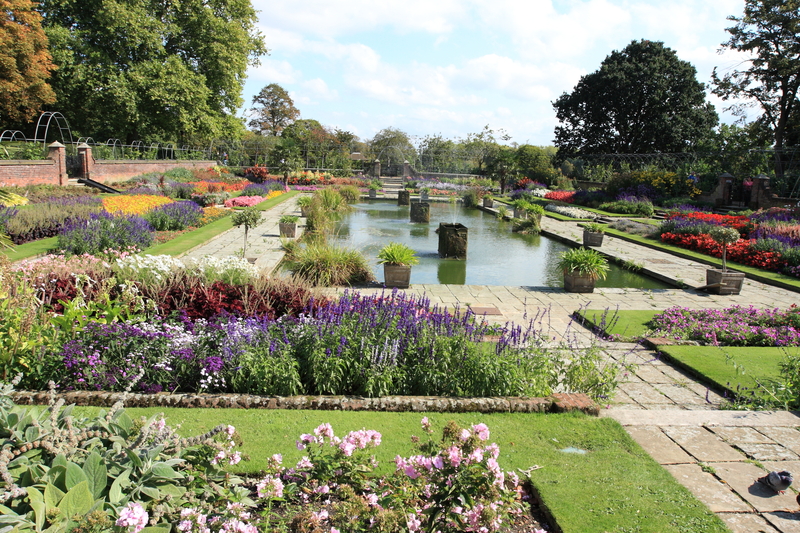A healthy lawn is the pride of any homeowner, but the presence of insects can quickly turn lush greenery into a battlefield of pests. Identifying lawn insects is the first and most crucial step toward managing and controlling these pests effectively. This comprehensive guide delves into common lawn insects, their identification characteristics, and management strategies.
Understanding the Importance of Lawn Insect Identification
Observing and identifying insects in your lawn is more than just a pest management task--it's about maintaining the overall health and appearance of your yard. Misidentifying pests can lead to inappropriate treatment applications, which can be costly and time-consuming. Proper identification ensures that you can implement targeted, effective control measures, preserving your lawn's health in an environmentally responsible manner.

Common Lawn Insects and Their Identification
Grubs
Grubs are the larval stage of various beetles, including Japanese beetles, June beetles, and chafer beetles. They are cream-colored with brown heads, often curled in a C-shape. Grubs feed on grass roots, causing significant damage that results in brown patches and weak turf that can be easily pulled up.
Chinch Bugs
Chinch bugs are small, black insects with white wings that fold over their backs. They damage grass by sucking out its juices, leading to yellowing and browning of the turf. Infestations can cause extensive damage, particularly in hot, dry conditions.
Armyworms
These caterpillars are the larvae of moths. They are striped and can be green, brown, or black. Armyworms are named for their habit of moving across lawns in large numbers, eating grass blades down to the soil line, which causes brown patches.
Cutworms
Cutworms are also caterpillars, usually dull-colored, and can be found in various shades of brown or gray. They are nocturnal feeders that chew through grass stems at the soil surface, leading to uneven patches of dead grass.
Sod Webworms
Sod webworms are the larvae of lawn moths. They are small, light-colored caterpillars that create silken tunnels in the thatch of the lawn. Their feeding results in brown patches and irregularly shaped damaged areas.
Detailed Identification Techniques
Correctly identifying lawn insects involves closely examining the signs and symptoms of their activity. Here are some detailed techniques to help in proper identification:
Visual Inspection
This involves carefully examining your lawn for insects and signs of damage. Look for the insects themselves or patterns like chewed grass blades, tunnels in the thatch, or irregular patches of dead or discolored turf.
Soil Sampling
For root-feeding insects like grubs, perform soil sampling by cutting small sections of turf and inspecting the roots and soil for larvae. This helps in gauging the severity of an infestation.
Water Flotation Method
This involves flooding a section of your lawn to bring insects like sod webworms and chinch bugs to the surface. This method is useful for detecting surface-dwelling pests that are otherwise difficult to see.
Management and Control Strategies
Once you've identified the insects affecting your lawn, the next step is to implement an appropriate management strategy. Here are effective approaches:
Cultural Control
Maintain a healthy lawn by following good cultural practices like proper mowing, watering, fertilization, and aeration. A robust lawn is more resilient to pest damage.
Biological Control
Use natural predators to control pest populations. For example, beneficial nematodes can be effective against grubs, and predatory insects like ladybugs can control chinch bugs.
Chemical Control
When necessary, use insecticides that are specifically labeled for the target pest. Always follow label instructions to minimize environmental impact and avoid harming beneficial organisms.
Integrated Pest Management (IPM)
IPM combines multiple strategies to manage pests in an environmentally and economically sustainable manner. This includes monitoring pest levels, using thresholds to determine when to act, and combining cultural, biological, and chemical controls.

Prevention Tips
Preventing insect infestations in your lawn is more manageable than dealing with a full-blown problem. Here are some prevention tips:
Regular Monitoring
Regularly inspect your lawn for early signs of insect activity. Early detection allows for timely and less intensive control measures.
Proper Lawn Care
Maintain optimal mowing height, avoid over-watering, and ensure proper drainage to create an unfavorable environment for pests.
Resistant Grass Varieties
Plant grass varieties that are resistant to common pests in your area. This can significantly reduce the likelihood of severe infestations.
Conclusion
Identifying and managing lawn insects requires a combination of careful observation, proper technique, and informed action. By understanding the common pests that can affect your lawn and implementing effective management strategies, you can maintain a healthy, beautiful lawn that enhances your home's curb appeal.
Effective lawn care is a continuous process that involves monitoring, preventive measures, and timely interventions. With the right knowledge and tools, you can create a thriving lawn environment that is resilient against pest attacks.





